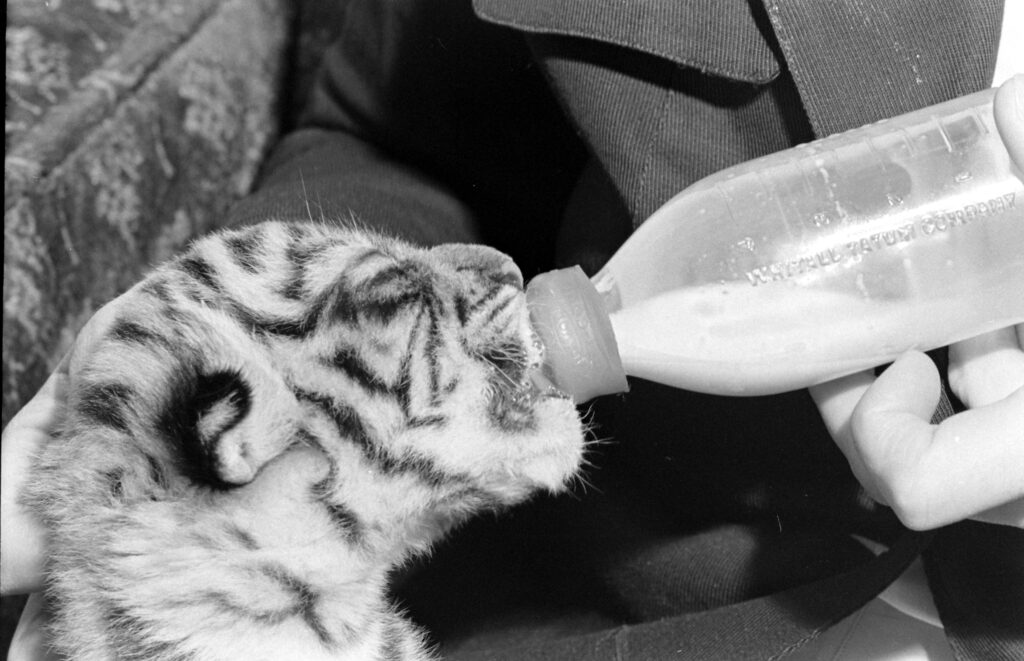Written By: Ben Cosgrove
New York City has always been a proving ground for entrepreneurs. The Alfred Eisenstadt photograph above, for example, depicts a dog walker in Central Park in 1967—and documents a phenomenon born just a few years before the photo was made.
Here’s how it started: one morning in 1964, a man of Upper East Side gentility awoke at dawn to walk an acquaintance’s dog. By the end of the year he was making more than $500 a week walking other people’s pooches.
Over time, this dog walker, Jim Buck gained many more clients, and in a few years he employed a stable of two dozen assistants walking hundreds of dogs a day.
As the ’60s pressed on, Mr. Buck founded Jim Buck’s School for Dogs—the first of its kind, being one part canine-training, one part exercise and other walking needs—and ran the business for more than 40 years.
Buck closed his school shortly after the new millennium, and retired. His death in July 2013 at the age of 81 was noted with an obituary in The New York Times. But his was a classic American success story: He was an innovator who saw a need, and filled it, and a man who, legend has it, wore through the soles of his shoes every other week.
Olivia Marsh is a filmmaker, writer and history student at New York University.

Dog walkers in Central Park, New York, 1967.
Alfred Eisenstaedt The LIFE Images Collection/Shutterstock









